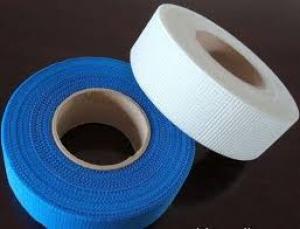Fiberglass Chopped Strand: A Basic Building Block for Composites
When we talk about the world of composite materials, one of the most fundamental and versatile components that come to mind is Fiberglass Chopped Strand. But what exactly is it, and why is it so crucial in the realm of composites? Let’s dive into the fascinating world of Fiberglass Chopped Strand and explore its properties, applications, and the magic it brings to the table in various industries.
The Essence of Fiberglass Chopped Strand
Fiberglass Chopped Strand, often abbreviated as FCS, is a form of glass fiber reinforcement made from fine strands of glass that have been chopped into short lengths. These strands are typically around 1/4 to 2 inches in length and are used to enhance the strength and durability of composite materials. Imagine a superhero with a cape, and the cape is FCS – it’s there to give that extra strength and flair to the composite material.
How It’s Made
The process of creating Fiberglass Chopped Strand is both an art and a science. It starts with the production of continuous filaments of glass, which are then chopped into specific lengths to create the strand. The lengths can vary depending on the desired properties and applications of the final product. The manufacturing process is designed to ensure consistency and quality, making FCS a reliable choice for various industries.
Unleashing the Power of FCS
One of the most significant advantages of FCS is its ability to improve the mechanical properties of composite materials. It adds strength, stiffness, and durability, making it an ideal choice for applications that require high performance and resistance to wear and tear. Whether it’s in the construction of boats, automotive parts, or even in the aerospace industry, FCS plays a pivotal role in enhancing the overall performance of the composites.
Applications Galore
The versatility of Fiberglass Chopped Strand knows no bounds. It’s used in a wide range of applications, from marine applications like boat hulls and decks to electrical insulation and reinforcement in the form of mats and fabrics. It’s also a popular choice for pipe and tank reinforcements, providing the necessary strength and resistance to corrosive environments.
The Environmental Impact
While the benefits of FCS are undeniable, it’s essential to consider its environmental impact. The production of glass fibers can have some environmental consequences, such as the release of harmful substances during the manufacturing process. However, efforts are being made to minimize these impacts through the use of more sustainable practices and materials.
The Future of Fiberglass Chopped Strand
As the world moves towards more sustainable and efficient materials, the demand for Fiberglass Chopped Strand is expected to grow. With ongoing research and development, we can expect to see innovations in the production and application of FCS that will further enhance its performance and reduce its environmental footprint.
Embracing the Magic of FCS
In conclusion, Fiberglass Chopped Strand is more than just a building block for composites; it’s a testament to human ingenuity and the endless possibilities of material science. Its unique properties and wide range of applications make it an indispensable part of our modern world. So, the next time you come across a composite material, remember the magic of FCS that makes it all possible.

